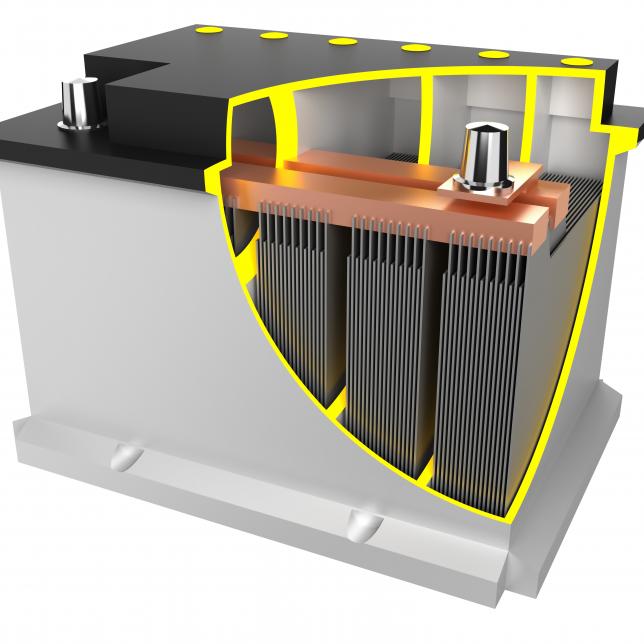Advancements in Lead Acid Battery Technology: A Look into the Future
As the energy storage landscape evolves, advancements in lead-acid battery technology are driving significant improvements in performance and sustainability. Manufacturers and researchers are continuously exploring innovative approaches to enhance lead-acid batteries, making them more competitive in the market. Let's take a peek into the future of lead-acid battery technology.
Enhanced Cycle Life: One of the primary areas of focus is extending the cycle life of lead-acid batteries. Through advancements in plate design, additives, and manufacturing processes, researchers aim to reduce the effects of plate sulfation and grid corrosion, allowing for more charge-discharge cycles without compromising performance.
High-Rate Partial State of Charge (HRPSoC) Operation: HRPSoC operation allows lead-acid batteries to operate at partial states of charge while delivering high power when needed. This feature is crucial for applications like regenerative braking in hybrid vehicles, where rapid charge and discharge capabilities are essential.
The Global Lead Acid Battery Market was valued at US$ 47.5 Billion in 2021 and is expected to surpass US$ 94.5 Billion by 2030, registering a CAGR of 8.2% during the forecast period (2022-2030),
Advanced Materials and Additives: Researchers are exploring new materials and additives to enhance the performance and efficiency of lead-acid batteries. Carbon additives, for example, are being incorporated to increase charge acceptance and improve the battery's performance under high loads.
Smart Battery Management: Integration of smart battery management systems enables real-time monitoring, data analysis, and remote diagnostics. These systems optimize battery performance, ensure efficient charging, and provide early detection of potential issues, ultimately extending battery life.
Recycling Innovations: Sustainable battery recycling technologies are gaining traction to address environmental concerns. Advanced recycling methods can recover a higher percentage of lead and other valuable materials from used batteries, minimizing waste and reducing the environmental impact.
Next-Generation Grid Support: Lead-acid batteries are being integrated into grid support systems to enhance grid stability, frequency regulation, and peak shaving capabilities. These applications leverage the fast response time and high-power capabilities of lead-acid batteries to support the electricity grid during fluctuations in demand and supply.
The future of Lead Acid Battery Market technology looks promising, with a focus on extended cycle life, HRPSoC operation, advanced materials, smart battery management, and recycling innovations. As these advancements come to fruition, lead-acid batteries will continue to be a competitive and sustainable energy storage option for various applications.
